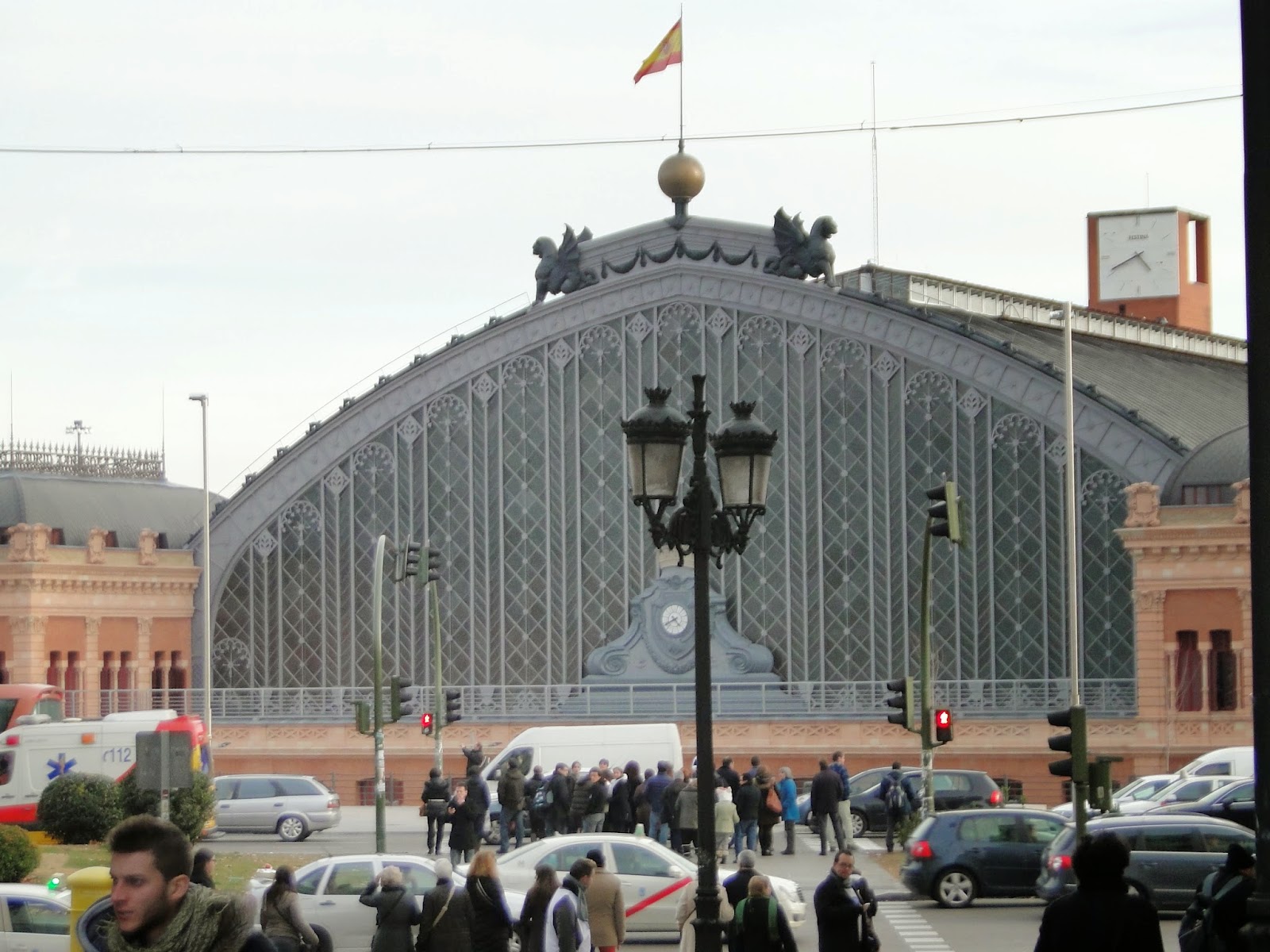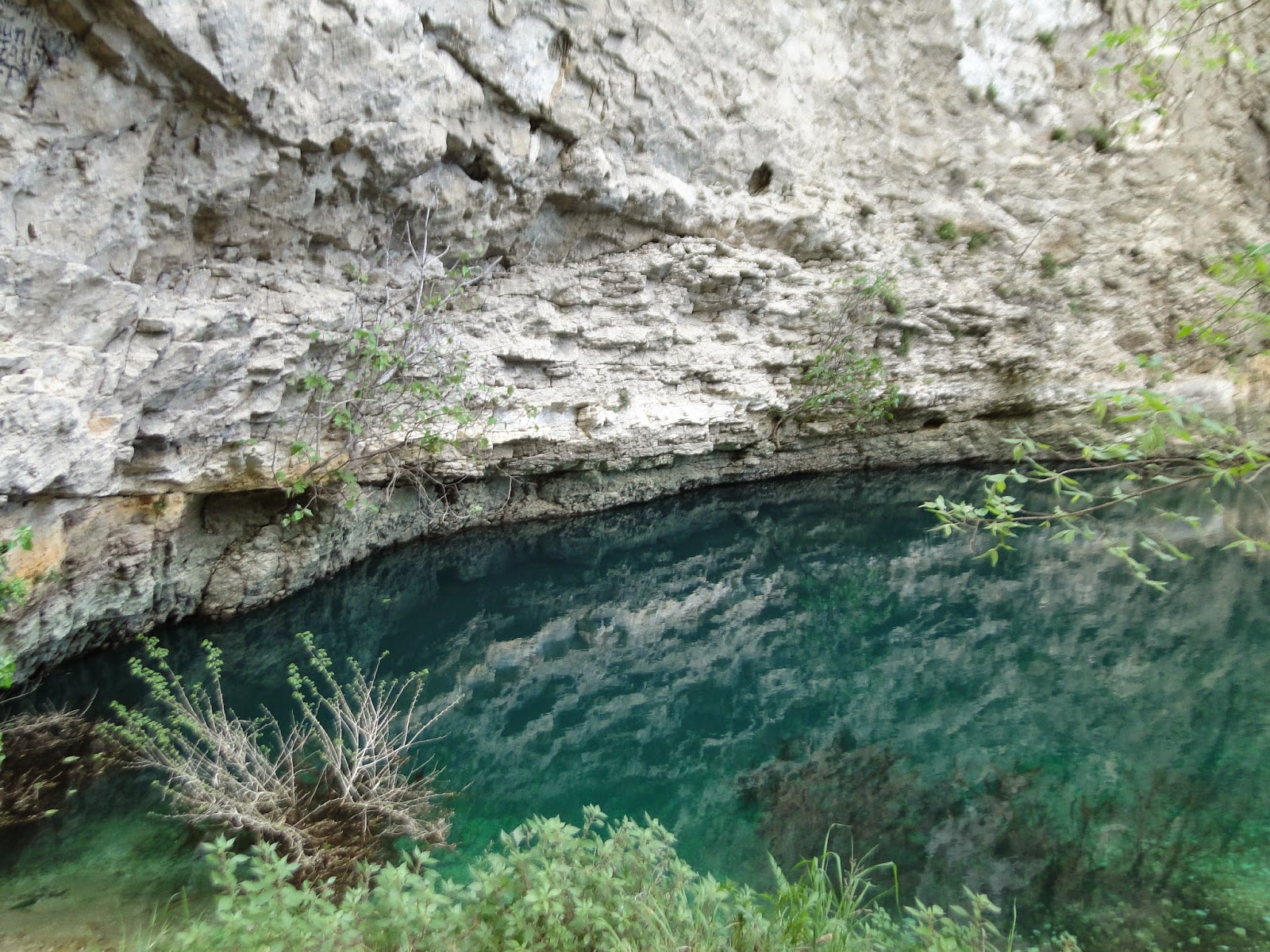We've all seen this picture before.
 |
Black bear chasing photographers.
|
Sure, we've all laughed at the fat guy or at the one stumbling. We've all came up with the joke "You don't need to run faster than the bear, you just need to run faster than your friends." But did you ever stop and wonder if the picture was fake?
You probably did, seeing that there is no source cited. In fact, if you type in Google "bear chases photographers", you'll get a dozen of the same picture posted on tumblr, lol.com, and other LOL sites. Each one has a different joke and a smiley face. But who actually cared to track down the original source? (if there is an original source, to begin with?)
I tried. All I came up with was a couple of Google+ profiles of photographers posting this picture and asking their friends, "is this real or not?" Unfortunately, people were too busy laughing to answer. It is a really funny picture.
All this does is highlight the real problem here: in the land of Internet, you have no idea what is true and what isn't, because anyone can write anything (like me, writing about virtually anything in my blog). Internet is easy to use, but also a whole lot more harder, because you have to double-check each resource. Whereas when you research books, the whole thing was edited, revised, and double-revised before publication, saving you the trouble of having to verify information.
And the worst of the Internet is that it's very easy to copy something and make it yours (in fact, only two seconds with CTRL-C/CTRL-V). And this is catastrophic when it comes to writing academic papers. It's all too easy to use Internet as the know-it-all resource, and end up abandoning trusty old books in the process. It's very easy to slap together sentences from different sources, top it with a title, and hand it in as "your paper".
It makes me sad. I've had to pluck up my courage a lot of times to tell the itchy truth to even my closest friends. You can't, can never, ever, copy/paste and then hand it in as your words.
But it occurred to me that maybe some people didn't get the same anti-plagiarism classes that I had in 5th grade. So here goes a shortened version of it. Avoid these traps, and you'll be fine.
#1. The Basic Plagiarism
The golden rule of plagiarism is THREE WORDS. Copy more than three words from a source, and it's considered plagiarism.
Now, if the words happen to be "
United Nations Security Council", that's okay, because it's a name that you can't change. But if the words are something like:
"
the Security Council has primary responsibility for the maintenance of international peace and security" (the United Nations Security Council, at http://www.un.org/en/sc/)
That's not okay. If you want to use the exact sentence, you need to cite the source, like I just did. If you want to use the concept, then go ahead and change the sentence into something like:
"
The Security Council are the ones responsible for preserving peace in the world."
See what I did there? No three words are the same.
So, to sum it up: If you copy/paste more than three words from a source, it's plagiarism.
#2. The "Pro"
The plagiarism "Pro" goes a little further in its quest to copy and paste the world. The "pro" takes words from different sources and puts it together in one sentence.
The United Nations Security Council (UNSC) is one of the six principal organs of the United Nations (Wikipedia) and has primary responsibility for the maintenance of international peace and security.
Two copy/pastes in one sentence! The professor is never going to catch that!
Actually, the teacher will. Besides using software like "Plagiarism checker", usually it's so obvious that all you have to do is type some words in Google and the phrase will come up.
Don't do this. It's lazy. Read both articles and sum it up your own way (though I don't recommend Wikipedia).
#3. The ultra, plagiarism champion
Original source: The Security Council takes the lead in determining the existence of a threat to the peace or act of aggression. It calls upon the parties to a dispute to settle it by peaceful means and recommends methods of adjustment or terms of settlement. In some cases, the Security Council can resort to imposing sanctions or even authorize the use of force to maintain or restore international peace and security.
Your words: The Security Council is at the top in realizing the existence of a menace to the peace or a terrorist attack. It asks the different parties at dispute to resolve it by peaceful ways and suggests methods of adjustment or terms for a deal. In many cases, the Security Council can turn to sanctions or even permitting force to establish or restore peace and security in the world.
Haha, very clever. All you did was take the exact same paragraph, a dictionary for synonyms like thesaurus.com, and substitued virtually every word.
This is still plagirism. You didn't do any work, aside from substituing the words. Go back, read the article, and resume it WITHOUT peeping at the original source.
#4. Self plagiarism
Yes, this is still an offense, though your past-self is less likely to get offended than if you copied from someone else. Here's how to commit self-plagiarism:
You take a paper that you turned in last year, copy/paste some sentences/paragraphs/the entire thing, or maybe you translate it into a different language. Then, you hand in a new paper with parts of it copy/paster from your previous work.
This is also a lazy way to avoid doing new work. Nice try. Even if they are your words, a new assignment means doing new work, and not borrowing from your other papers.
You may be inspired from your previous reports, but not copy and paste from them. Never.
So, to avoid falling into the Internet trap, I suggest that you do two things:
1) Use books. Learn to research other sources other than the Internet. Go ahead, venture into that dusty section of the library that hasn't been visited in years. Be different.
2) Forget that CTRL-C / CTRL-V exists. What? What are those letters you're talking about? I don't know, haven't used them in a while.
Be happy and be smart. Remember, copy/paste in writing only creates copy/paste personalities, and you don't want that, do you?
"The problem with the Internet is that you don't know if what's written is really true." Aristotle, -6000 BC












































